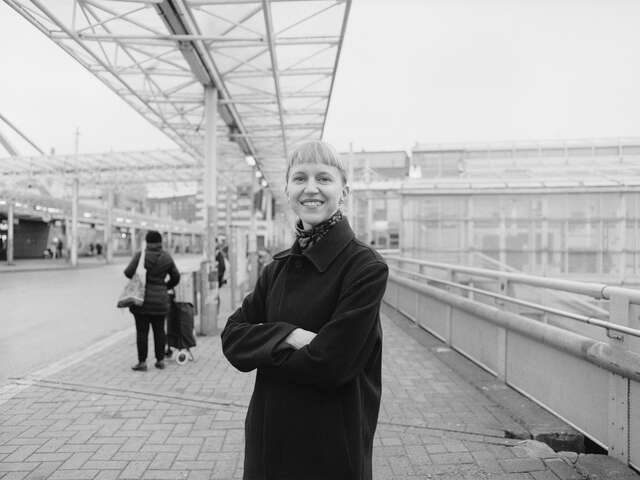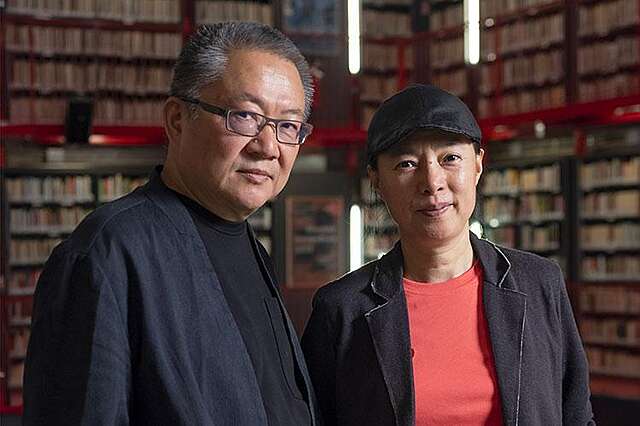Huussi – part of Finland’s living cultural heritage
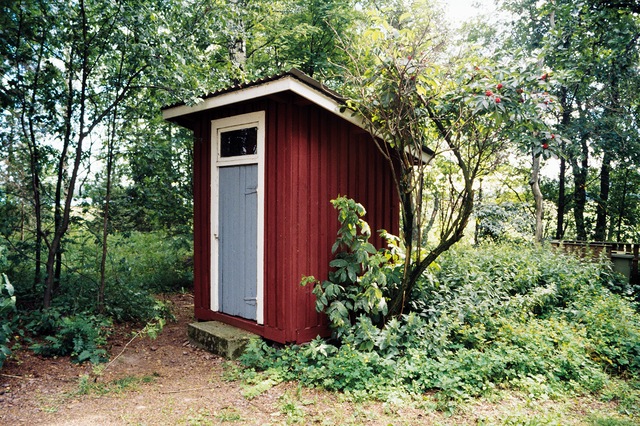
Pekka Sihvonen / Finnish Heritage Agency
All Finns have used a huussi, a traditional dry toilet, or at least seen one. Today, the huussi is mainly used at summer cottages, but in a slowly urbanised country, it has also served as an urban solution until surprisingly late. Architect Eero Renell, who is a member of the Huussi exhibition team, wrote about this part of our cultural heritage for the book, which was published in conjunction with the Pavilion of Finland’s exhibition at this year’s Biennale Architettura in Venice.
Sauna culture is the most common association in terms of living Finnish cultural heritage. UNESCO has inscribed Finland’s sauna culture onto the Representative List of the Intangible Cultural Heritage of Humanity, and “sauna” is the only Finnish word that sees widespread international use. We use the sauna to clean ourselves. The topic of human excretions, on the other hand, includes taboos: lavatory culture, buildings, and archaeology are part of ordinary history that has long gone uninvestigated and still lacks significant reference literature. Modesty has pushed the history of sanitation to the margins.
Modesty also colours the conversation around lavatory culture. The traditional Finnish dry toilet, huussi, is often ridiculed. It is trivialised and serves as the butt of jokes. However, just like the sauna, the huussi is a part of our sizable living cultural heritage as Finns, and we have a distinctive relationship with it. Even those few Finns who have never used a huussi have opinions about it: some loathe it while some see it as a natural part of life.
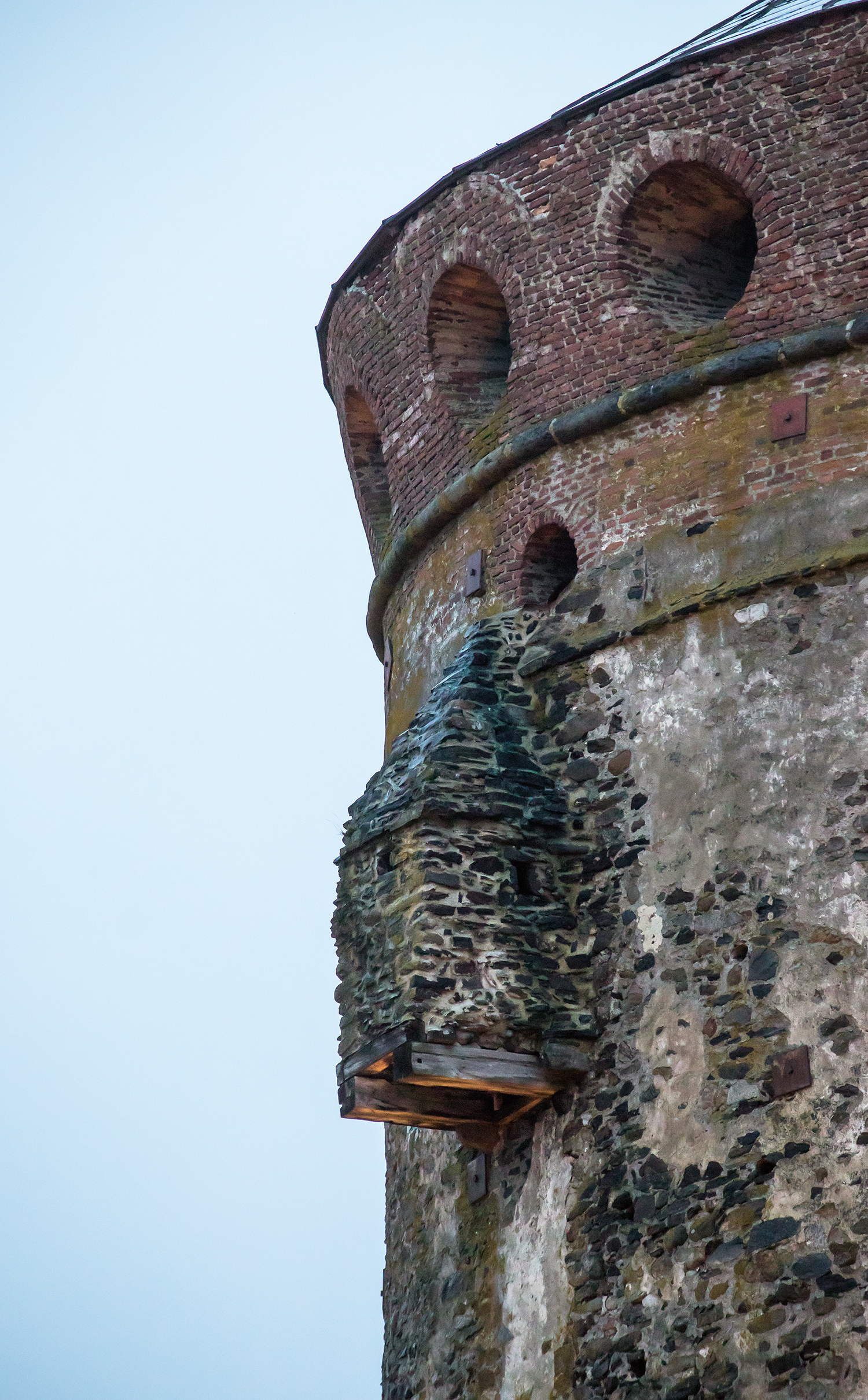
What is the role of the huussi in Finland?
Finland was slow to urbanise, and we urbanised late compared to Central Europe. Only one in ten Finns lived in a city at the start of the 20th century, and the number had only grown to less than half by the 1950s. Living standards were low in early 20th century Finland, and the adoption of the flush toilet lagged behind the rest of Europe. However, a great structural transformation of our society quickly urbanised the country, and by the 1970s, the cities held the majority of the population. This is to say that the baby boomers born in Finland’s era of post-war reconstruction were mainly from the countryside and would have used an outside privy in their childhood, if not later.
Starting from the 1970s, rapid urbanisation, increasing wealth, and the ease of mobility laid the foundation for Finland’s culture of summer cottages (summer houses). It became common across all socio-economic classes to own a summer cottage. Even today, nearly 20 per cent of Finnish households own a summer cottage or have access to one.
Summer cottages have also been a nostalgic experience for the baby boomers who moved to the cities from the countryside. Although environmental awareness remained a marginal phenomenon for a long time after it arose in the 1970s, the summer cottage experience has commonly included the idea of self-sufficiency – people had the skills and motivation to use huussi compost in vegetable plots and potato fields.
The huussi culture has passed down through the generations as part of summer cottage culture, remaining alive and well after fifty years of rapid urbanisation and even developing further thanks to new technological solutions. Previously, emptying the huussi in the summer was a daunting task, but today it is easy and odourless.
The rising living standards and the ageing of the baby boomers have changed our summer cottage culture. An increasing number of cottage goers look to fully furnish their home away from home, including indoor flush toilets. Now is the time to discuss what factors of living standards are valid metrics for comfort and whether we can avoid wasting water and nutrients.
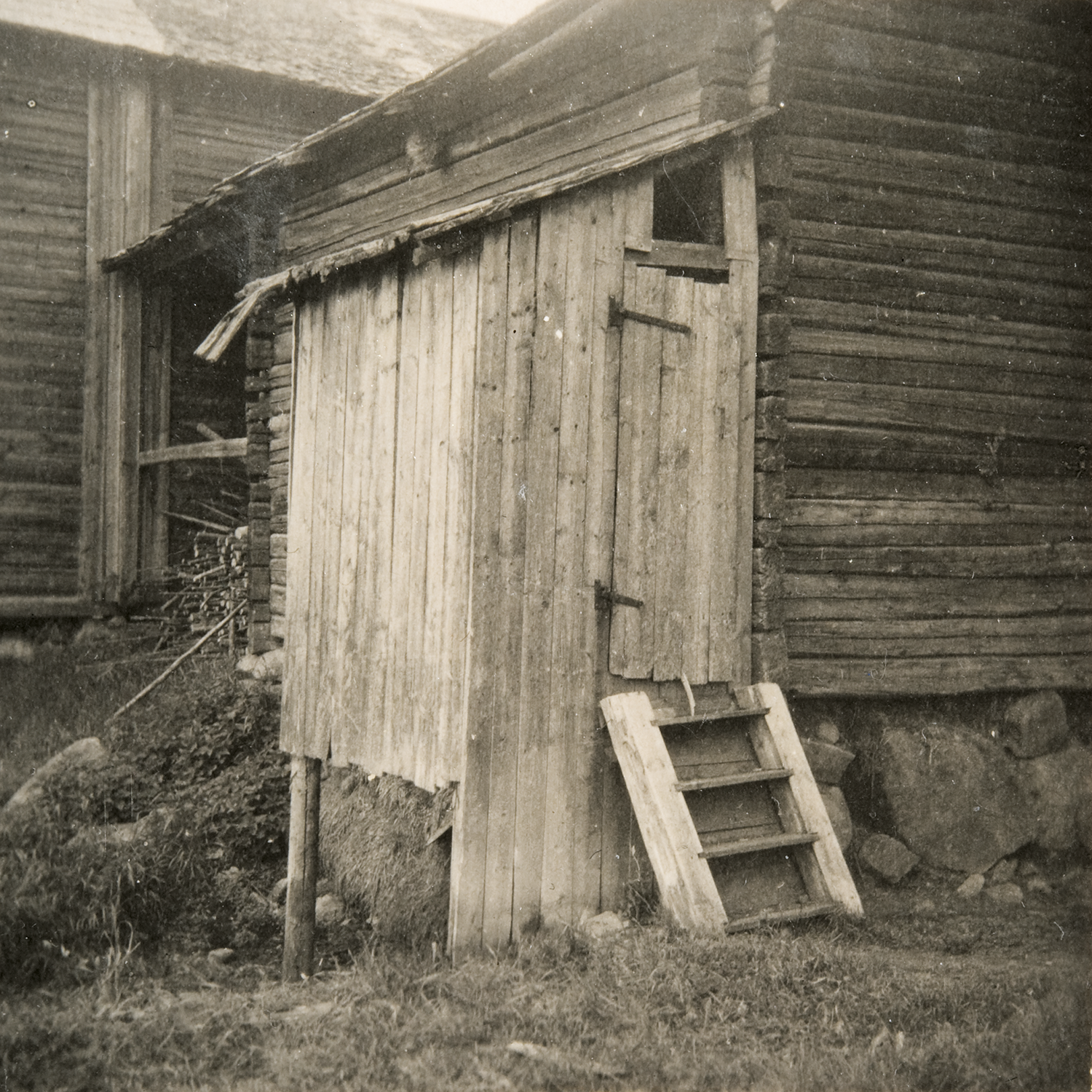
Natural and social events
The sparsely populated northern parts of Europe only began their urbanisation at the turn of the 16th century, the start of the modern period, taking until the industrialisation of the 19th century to truly urbanise. Even in the mid-19th century, over 95 percent of Finns lived in the countryside, whereas half of Great Britain’s population already lived in cities. The problems of managing human waste were quite small in Finland and only applied to a handful of small cities.
As a result, there was no need to develop extensive sanitation systems in Finland before the industrialisation and urbanisation of the late 19th century. Before then, simple sanitation solutions were used in towns: pits, buckets, and outdoor privies. The huussi.
In the countryside, human excrement was seen as a valuable resource. Whereas women would defaecate in the sheds and shelters where they mostly worked, men would leave their natural fertiliser directly in the fields. As late as the 1930s, there were rural areas of central and eastern Finland where the huussi was a rare sight. Therefore, the leap from a completely natural solution to the modern flush toilet may have happened in one lifespan!
The first evidence of Finnish lavatories can be found in our mediaeval castles in the form of “priveetti”, often jutting out from the walls – although the lavatories of royalty and other persons of power were within the castle. As was the case in the rest of mediaeval Europe, the more elevated your status the better your toilet arrangements were. The poorest citizens would relieve themselves on street corners and in bushes, whereas the upper class would defaecate in private lavatories or portable chests that their servants would transport to be emptied.
The gentry started building lavatories in the 18th century. At first, these were “secret rooms”, built as part of a house on cold porches, for example, only later taking the form of a separate building.
The Finnish word “huussi” traces its etymological roots to the Swedish “hus” for “house”. The word and manners spread from the upper class, but the facility was more than likely used by all social classes in cities. In cities, the huussi started to become more common at the start of the 19th century, but the fire insurance documents of the city of Oulu show that only a third of the policies included a huussi even in the 1830s.
The lavatories of ancient Rome had a social aspect. This was the case in Finland as well, as the countryside huussi would still feature multiple seats in the 20th century, and they would be meeting places for the lower classes especially with no concerns about the separation of the sexes. Even the upper classes were not shy about their business: the gentry of the 18th century could lay out their potties around the banqueting hall to await use.
One of Finland’s largest old-style huussi buildings is the workers’ privy at the Orisberg ironworks manor with its 18 seats, but the army barracks of the modern period had even larger ones, possibly dozens of seats in a row.
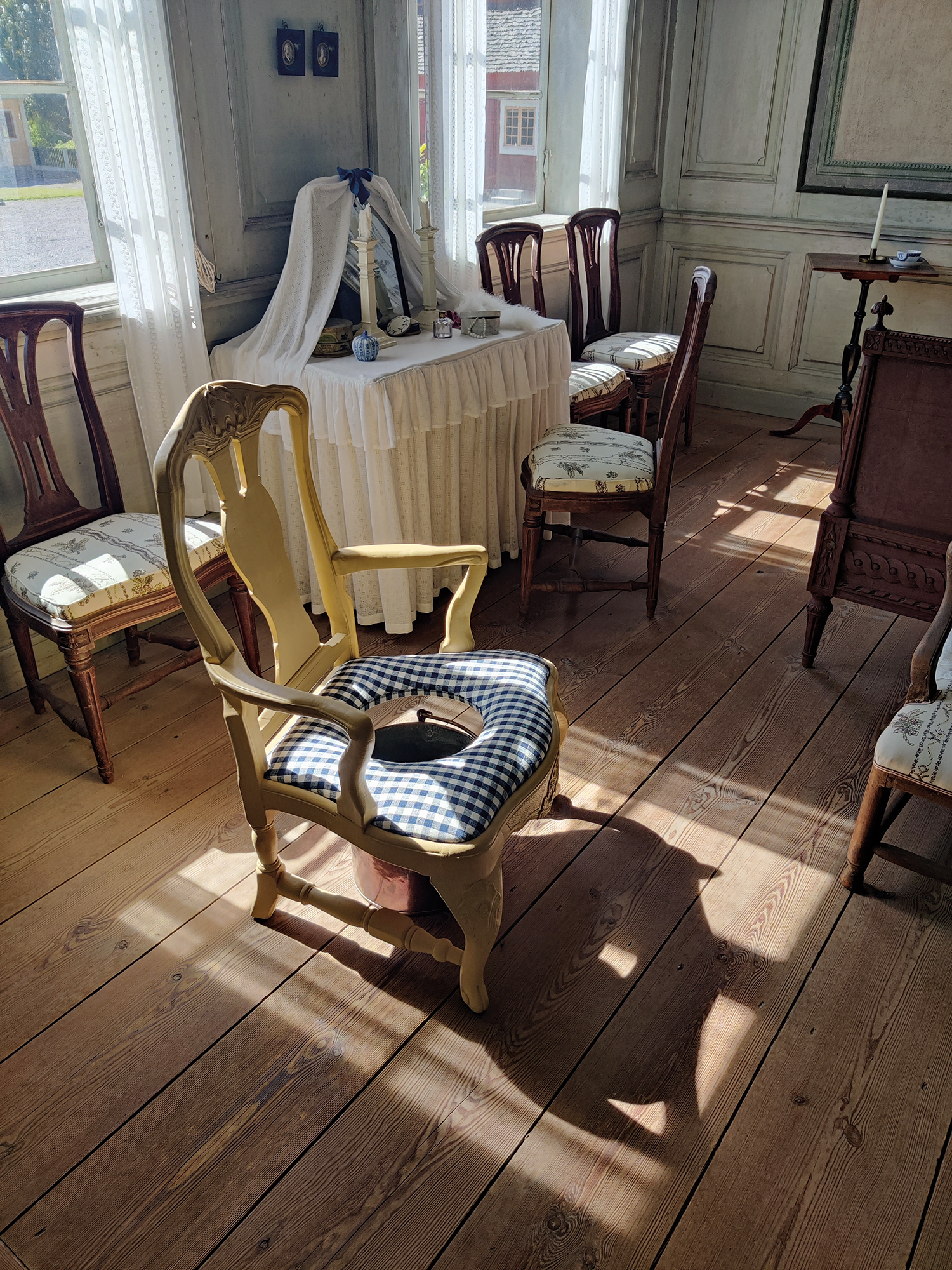
Huussi architecture is folk art
The typical Finnish huussi is laid out as a square and topped with a pitched roof. It therefore reproduces the simplest archetype of a building. The huussi is one of the most common self-designed and -built types of building in Finland and hence an interesting form of citizen or folk architecture.
They typically have post frames and plank cladding. Log, brick, and stone huussi buildings are not unheard of, but they are exceptions. Mansions and manors could have impressive lavatories, even approaching temples in terms of architecture, and the most famous huussi buildings were designed by renowned architects such as C. L. Engel who gave rise to Helsinki’s Empire-style downtown.
Globally speaking, the lavatory is the space people use most often. Everyone has a relationship with the lavatory: it is where we stop, take a look around, and experience the space. Although your common huussi is typically built quickly and in simple fashion with barely a thought for design, they are decorated to increase their comfort. Even today, a huussi often reflects its user: the interior is made nicely, they are furnished with bookshelves, and cheap art and illustrations are included. The huussi culture, in the case of summer cottage privies especially, has a tradition of gift-giving, crystallised in special privy books and trinkets.
There have been few regulations concerning the construction of huussi buildings. The amendments made in 1618 to the City Code of Magnus IV, king of Sweden and ruler of Finland in the 14th century, only decreed that privies should be located away from streets and neighbours’ plots. No actual building code would follow in later centuries, but the military did issue centralised instructions and a farmer’s manual from the 1860s includes instructions on the principles of lavatory construction.
Largely due to independent construction, no special architectural expression has formed around the Finnish huussi. Ready-made models are sold by hardware and garden supply stores and building instructions have been published. These are based on tradition, with good reason, and have no modern architectural dimension.
Because the building has been seen as having low architectural value, its owner has been free to express their creativity. The gamut of huussi architecture is citizen construction and self-made art at its finest, no doubt. Perhaps architects have shied away from this type of building for that reason.
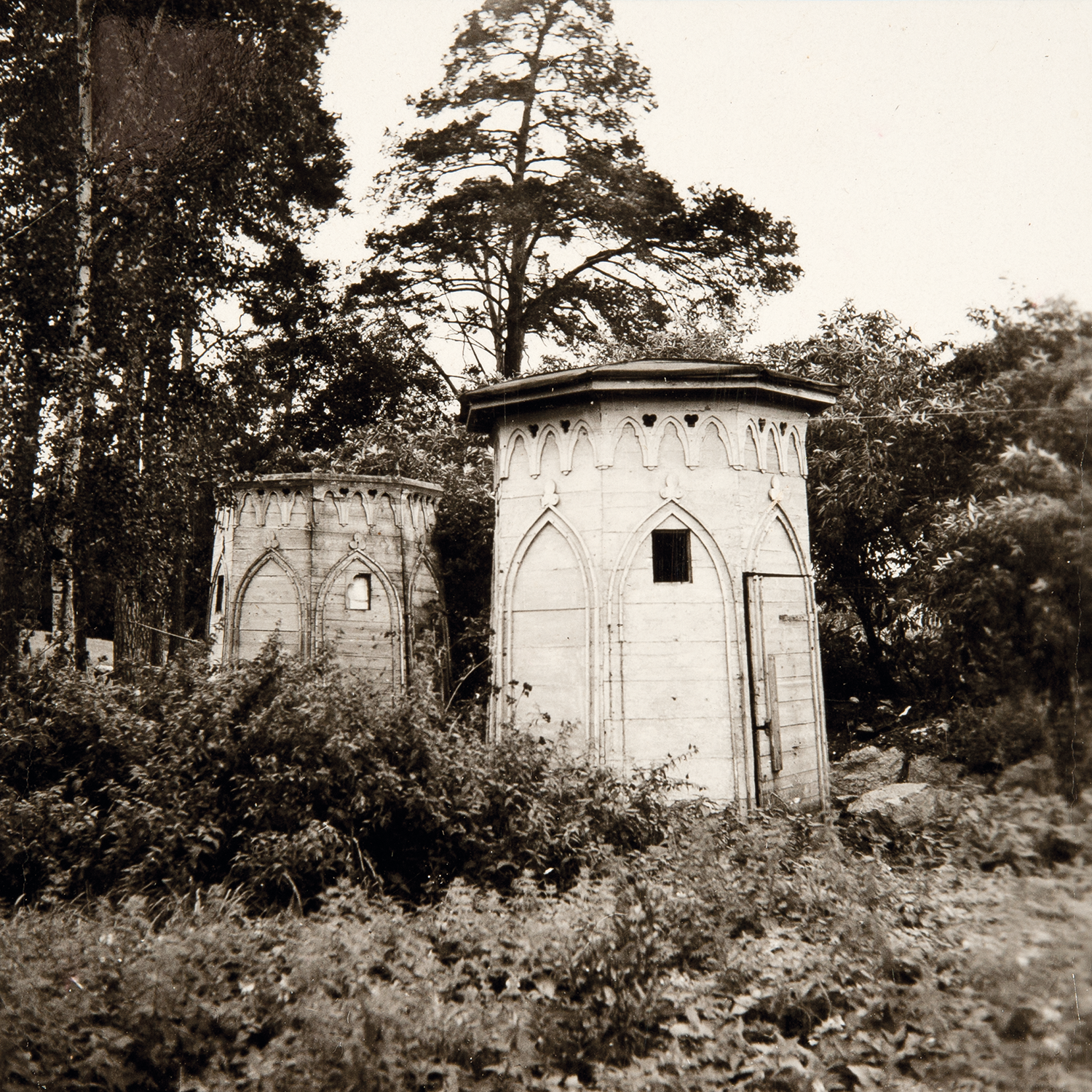
Future history
When the water closet became established as the Western norm in the 19th century, the development of dry toilets nearly ceased. Even in Finland, dry toilets saw no real development in the 20th century, but since the 1980s and 1990s, dry toilet technology has progressed by leaps and bounds. Increased environmental awareness has raised wider interest in the topic.
It is clear that the traditional huussi is a marginal solution, but it is an excellent gateway into the broader debate about the future of lavatory infrastructure. The humble huussi also has an urban aspect to it, and urban applications have been studied as part of developing dry toilet technology.
In Finland, the repair deficit of water supply and sewer systems has reached nearly one billion euros annually. This is compounded by those residences built in the 1970s, our time of rapid urbanisation, requiring their plumbing to be replaced, a cost paid by the owners. The situation is much the same in most of Europe. The amassing public and private repair deficits are reaching such enormous proportions that as an alternative to repairing old systems, we have the perfect opportunity to consider changing our sewerage solutions on the system level.
In the summer, whenever we come across news of regional droughts or suffer one ourselves, the era of water-saving and nutrient-recycling sanitation infrastructure seems a most appealing and inevitable trend. Today is the time for new solutions.
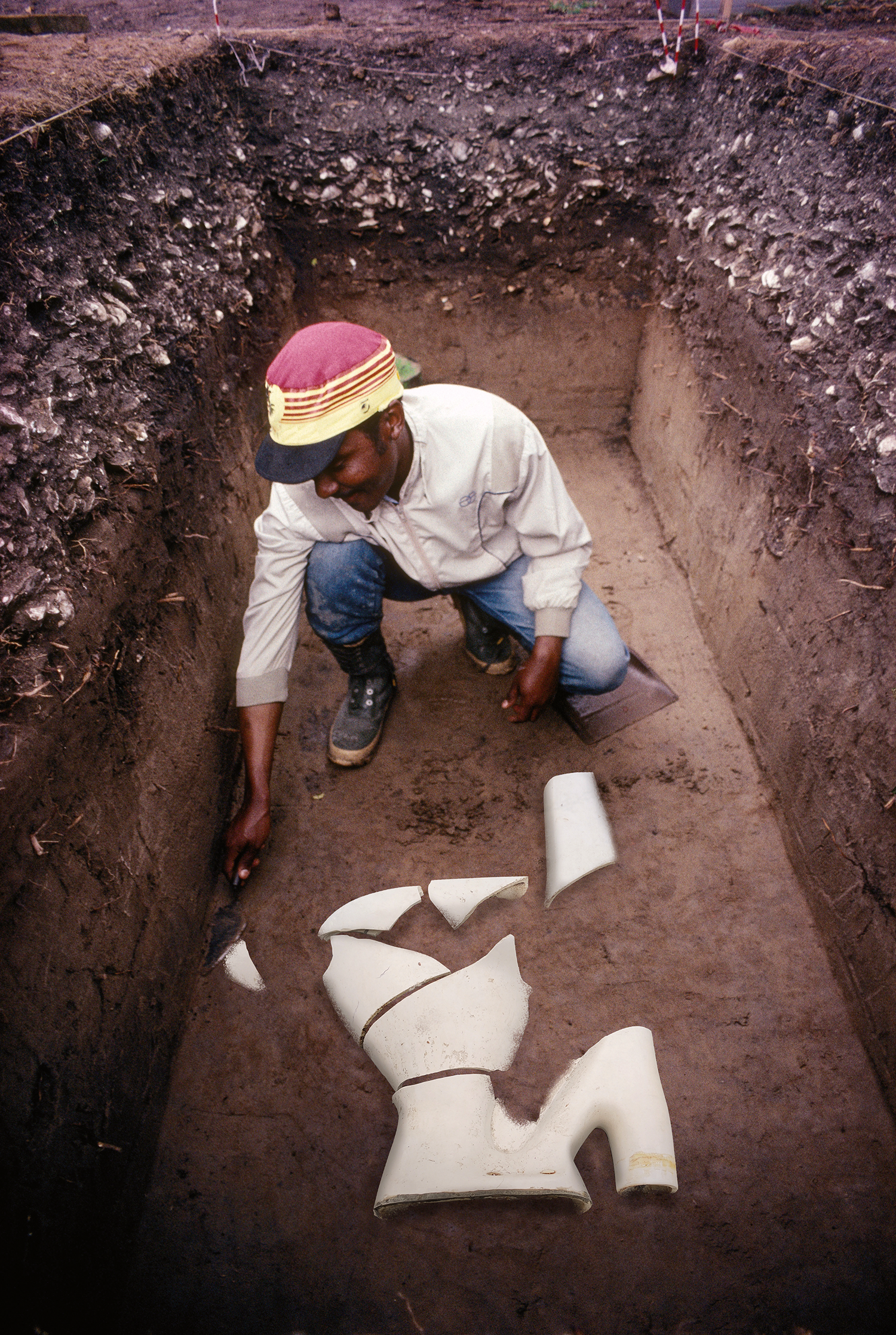
The article was first published in the book Death to the flushing toilet (Arvinius+Orfeus Publishing 2023), which accompanied the Pavilion of Finland’s exhibition Huussi – Imagining the future history of sanitation at the 18th International Architecture Exhibition of La Biennale di Venezia. The nearly sold-out book can be purchased via the publisher’s online store.
Architect Eero Renell is a member of the Huussi exhibition team, The Dry Collective. He is the co-owner of a Helsinki-based architecture firm von Boehm – Renell Architects Ltd. His main professional experience and interest lies in large scale public projects, particularly in schools and learning environment design. As an architect, he sees and seeks potential in the public processes and projects as an essential part of a better future. Eero graduated as an architect from Oulu University in Finland and gained a degree in architectural restoration at the Royal Institute of Art in Stockholm, Sweden.
